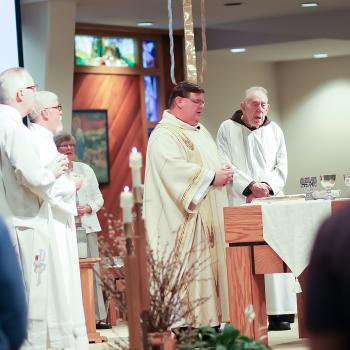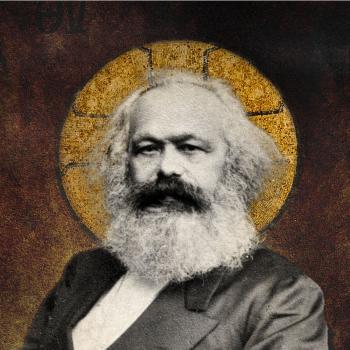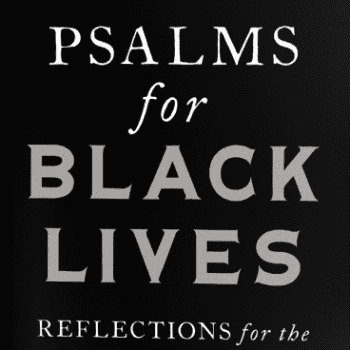By Peter M. Wallace, Author and Host of Day1
This year a number of Christmas stockings will no doubt be stuffed with a copy of a beautiful little book, Revelation of the Magi: The Lost Tale of the Wise Men’s Journey to Bethlehem (published by HarperOne). It’s the first English translation of an ancient manuscript that has languished in the Vatican library for centuries.
Though his translation of the document itself takes up only about 50 pages of the book, Dr. Brent Landau bookends it with intriguing essays on the history of the manuscript (which he suggests could date to as early as the late second century) and the translation process, as well as what we can learn from the text, not only about the Magi but also about Christ himself.
While the journey of the Magi and their encounter with the newborn Christ recounted here is familiar and mostly parallels the meager account in Matthew’s gospel, much of the story shatters our understanding of who the Magi were and what they were up to.
In the Revelation, we are told that the star of Bethlehem was the celestial Christ himself. The so-called Magi, adherents of an ancient and silent faith (who numbered more than three), set out on their journey to follow this star after preparing for it since the time of Adam and Seth.
Like many ancient documents translated carefully if not literally (this from the Syriac), the story itself can be rambling, redundant, confusing, and awkward. For instance, you might stumble over such phrases as “they met us with great joy and received us, rejoicing, and exulting, and glorifying” (27:2) and “speaking figuratively with figures of speech” (7:1). The manuscript is already brief, but a good editor could have halved it easily.
And yet it is still quite luminous and wonderful. The back-story that comprises the first half of the tale introduces an understanding of the foundations of the faith, going back to Adam’s son Seth, that was entirely new to me.
The text tells us that Adam shared great mysteries with his third son, who recorded the revelations in a book kept safe, generation after generation, “on the Mountain of Victories in the east of Shir, our country, in a cave, the Cave of Treasures of the Mysteries of the Life of Silence” (4:1). (You have to wonder whatever happened to Seth’s book. Perhaps a sequel is in the works? See Landau’s appendix for more on this.). Seth’s mysteries essentially involved waiting and looking for the shining star, which would reveal the coming of the Christ into the world.
As you read the story, it seems as though God simply can’t contain God’s love for humanity. Like incense, the pages–which include black and white reproductions of several related medieval paintings–radiate divine grace, mercy, and love. They seem infused with light, glory, majesty, epiphany, and joy. (Crassly, a friend who skimmed the tale said he thought it read like the Christmas story on acid.)
And it’s nice to see the Christ child laugh: In chapter 24 as the Magi encounter him we catch a glimpse of the “child of light laughing about and glorifying all his great and amazing mysteries, proclaimed in the entire world from [ancient times,] and behold, all of them are fulfilled in his appearance today” (24:2).
Interestingly, the text carefully and frequently notes that the Magi are able to encounter this Christ because they are “deemed worthy.” In their commissioning (chapter 21) they are “deemed worthy” to see and hear and receive the light and witness to it, to know and learn the ancient hidden mysteries. That phrase is repeated numerous times. Those of us who wish to experience this for ourselves, presumably, must also be “deemed worthy” by God, although the text is never very specific as to how we should go about that.
Read the rest of Peter’s review of Revelation of the Magi at the blog Take & Read at the Patheos Book Club.












